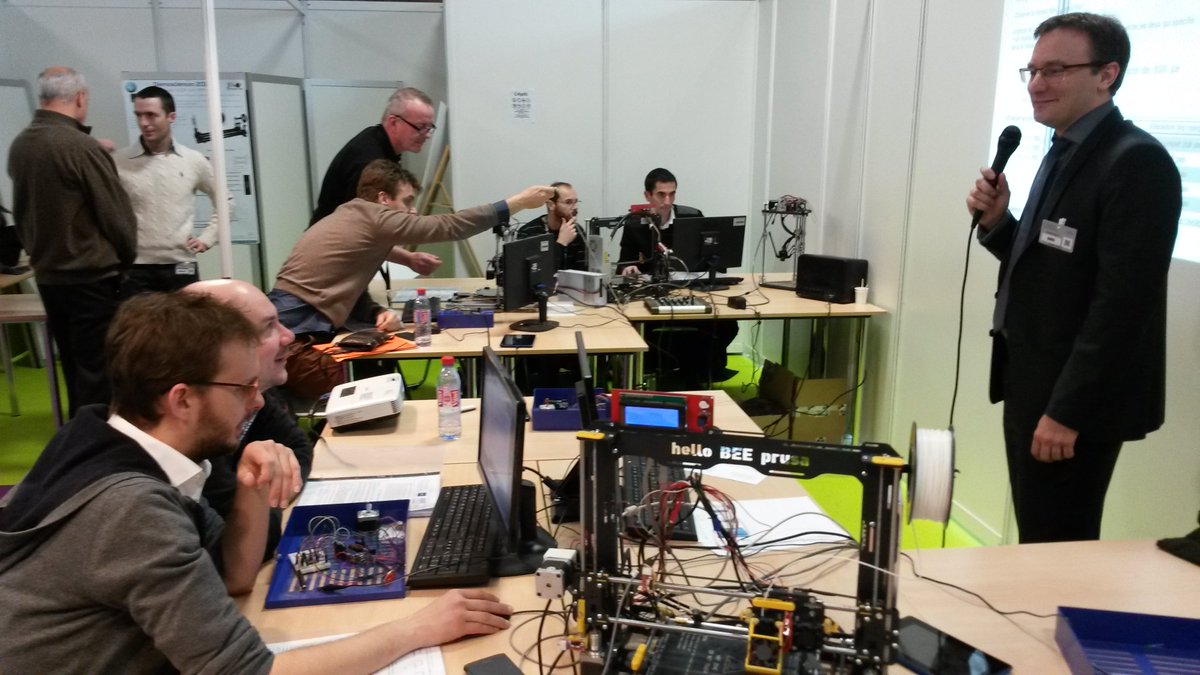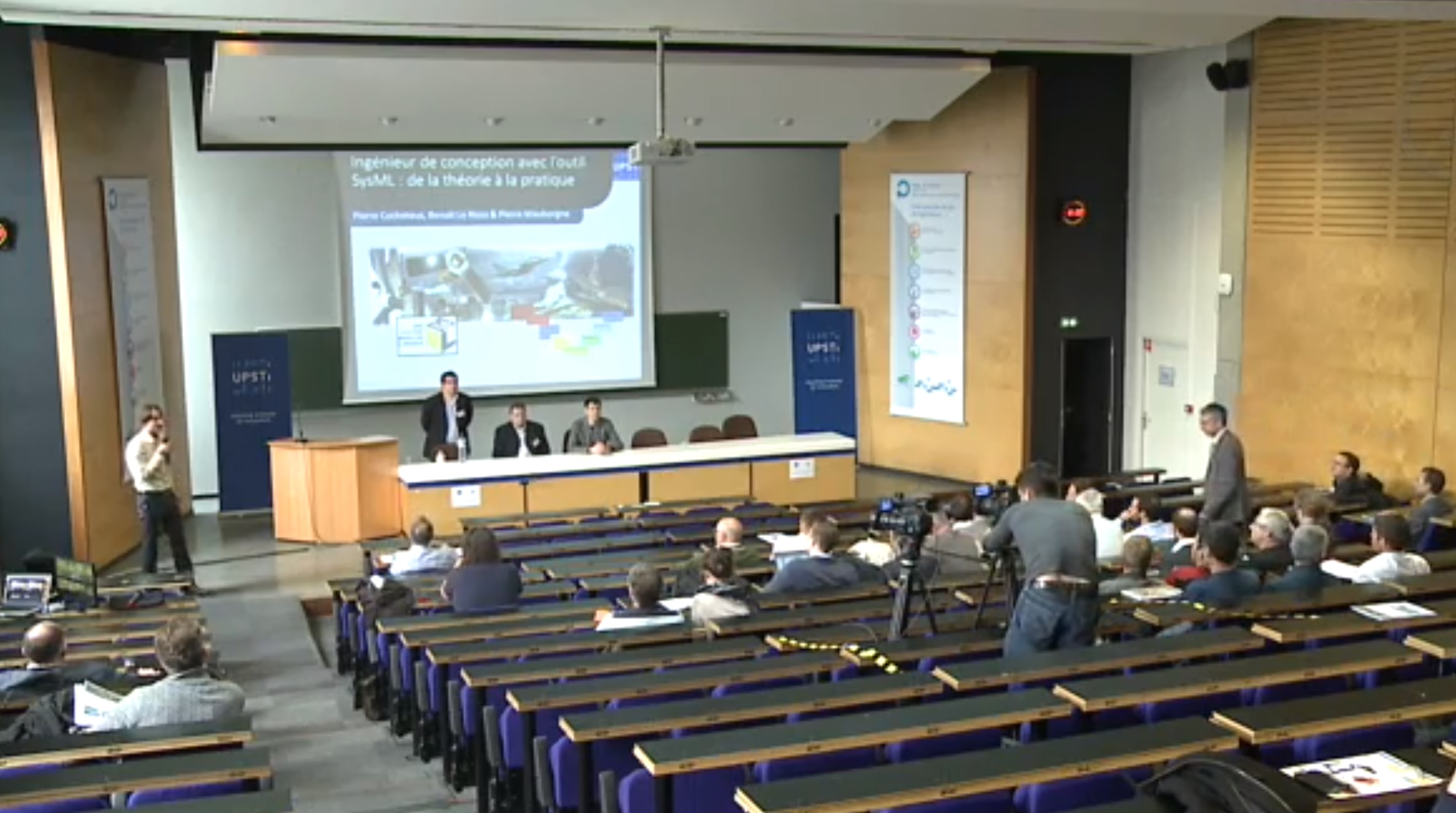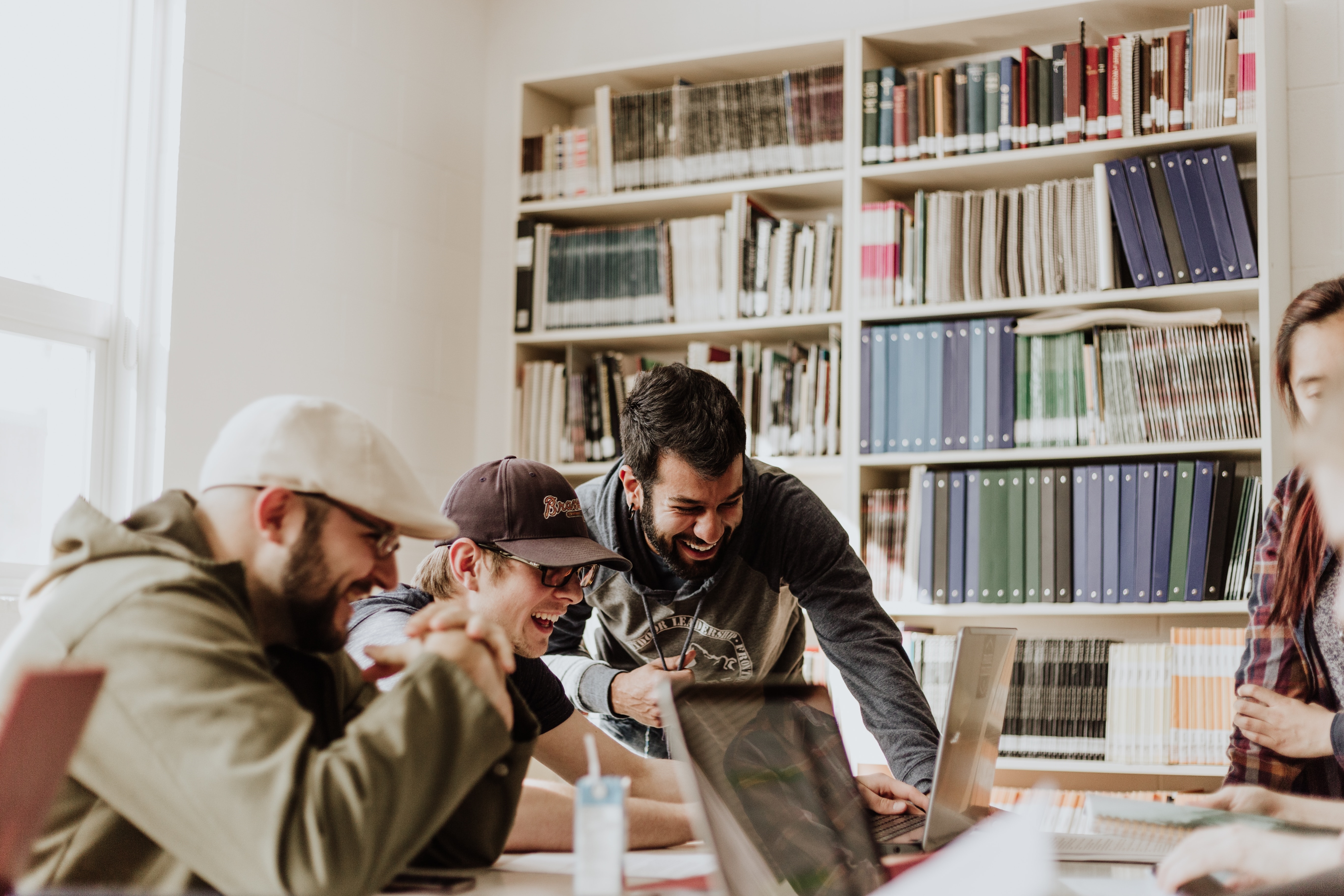UNICOOS
UNICOOS is an online digital platform for teaching several STEM subjects. The platform is an initiative David Calle - YouTube teacher of 2016 by Bitácoras and amongst Top 10 top finalist in the 2016 Global Teacher Prize.
UNICOOS is an online digital platform for teaching several STEM subjects. The platform is an initiative David Calle - YouTube teacher of 2016 by Bitácoras and amongst Top 10 top finalist in the 2016 Global Teacher Prize.
UNICOOS currently has 300k registered users and more than 1M followers and subscribers on various social networks. It is a fully functional platform which responds to an average of 500 concurrent users daily, reaching an average volume of 4,500 visits per day. Through dynamic functionalities and gamification, users of the platform "self-monitor" and enhance the contributions of other users.
From its beginning to the present day, UNICOOS has been focused on answering to the most frequent asked questions and needs of its users. The queries are mostly related to secondary & high school courses, to which most of the content is aimed.

UNICOOS has registered users in 172 countries, incl all Spanish speaking countries. The platform has reached 25 million Students and Teachers, with over than 62,000 queries resolved, 5,000 exam questions explained and another 2,000 currently being processed.
UNICOOS aims to reach millions of students to complement the teachings received in class in STEM subjects, particularly Mathematics, Physics, Chemistry and Technology. Currently UNICOOS has 300.000 Registered Users (of which 10 % are teachers) and one million youtube subscribers with a 10% growth rate. More than 700 videos have been released.
The platform is funded through primarily foundations. Vodaphone sponsored the subtitling of Spanish videos for people with hearing disabilities. Cáritas sponsored the translation & subtitling in Arabic for refugee children in Spain.














